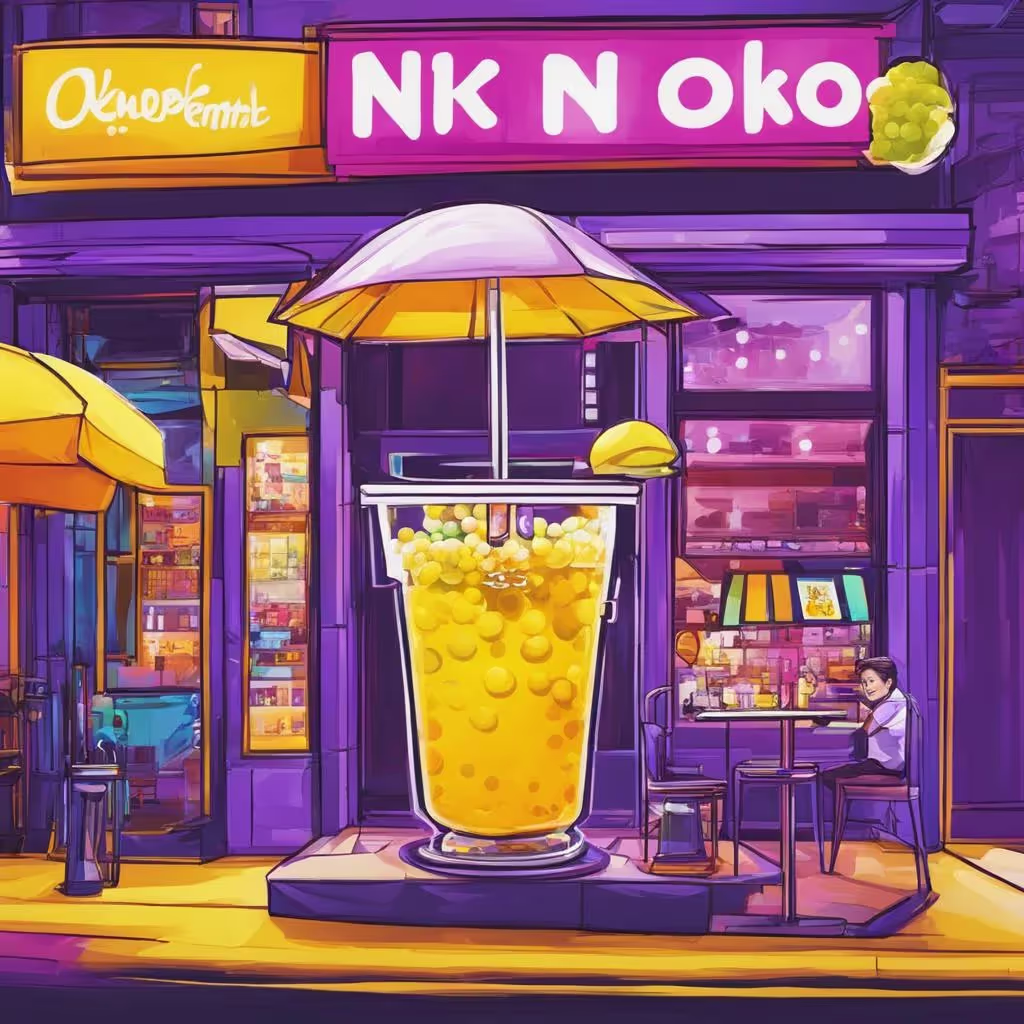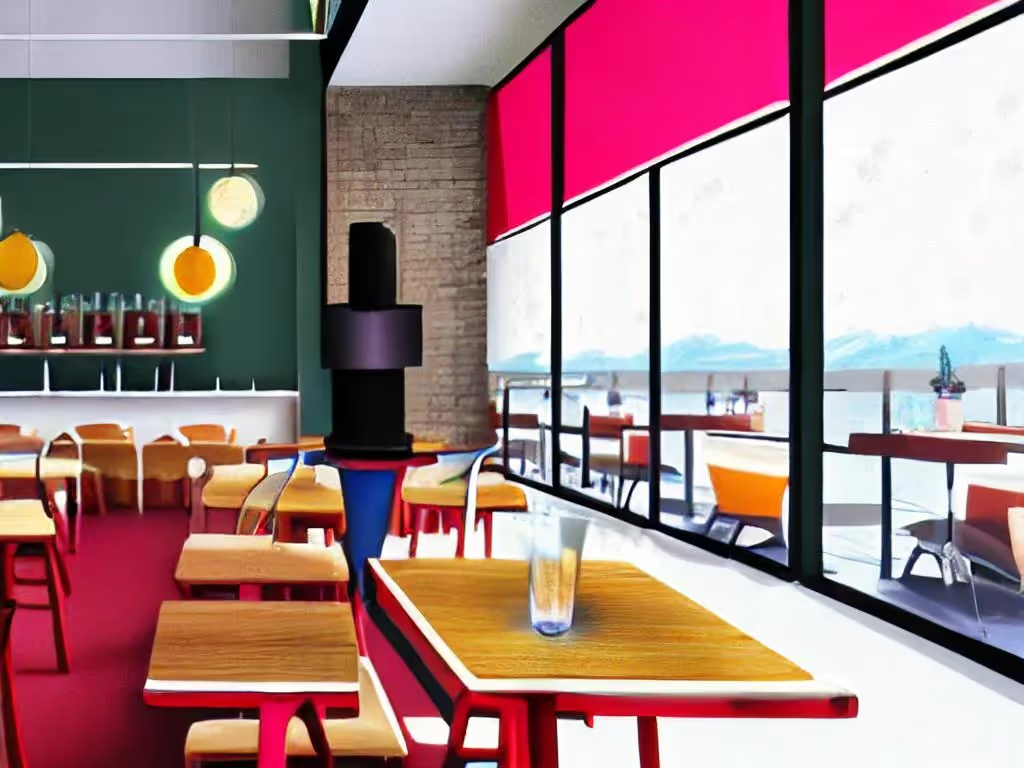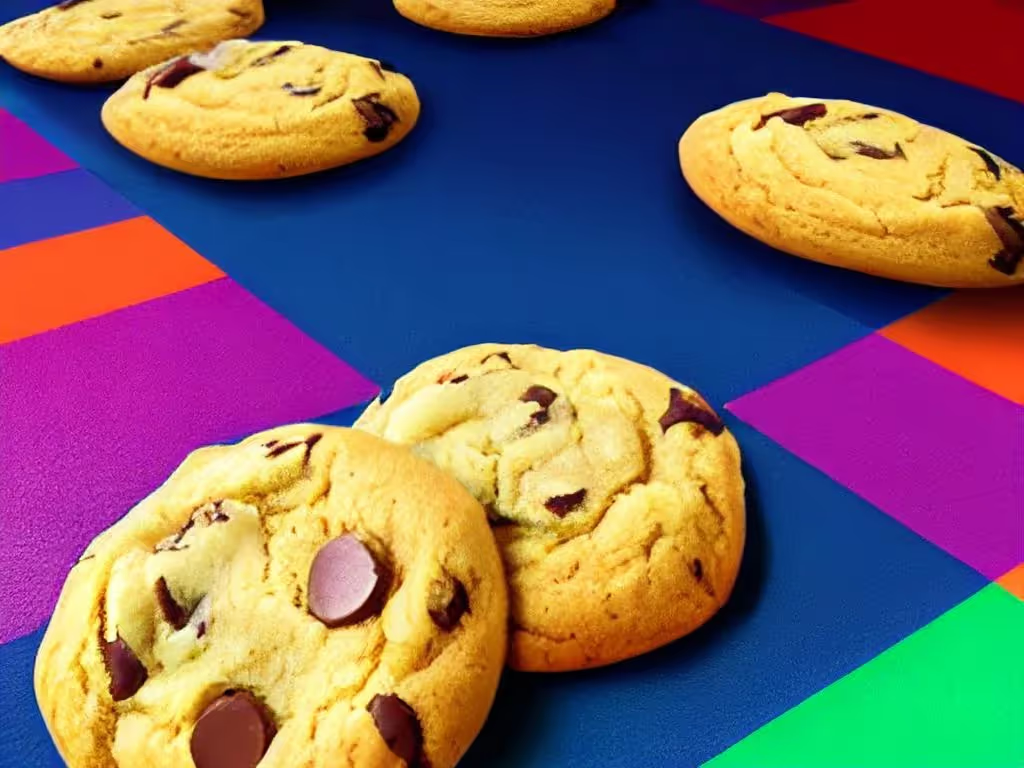TLDR
September is almost here, which means football season is back. For fans, it is a time of big games, packed living rooms, and food that brings everyone together. For restaurants, it is one of the biggest sales opportunities of the year. Every weekend, wings, pizza, nachos, and beer fly out the door faster than usual, and the demand peaks just before kickoff.
Large chains know how to use this season to their advantage. Remember Pizza Hut’s College GameDay promotion? They gave out free pizzas tied to live broadcasts, and it kept them front and center with football fans. You may not have a national ad budget, but you do have an edge: you can make your restaurant the go-to spot for local fans. This guide gives you six practical plays to help you handle the rush, boost sales, and keep customers coming back every weekend this season.
Why The Football Season Surge Matters
Game Days Bring Spikes You Cannot Ignore
Game days are not like your usual weekend rush. Orders spike fast in a short window, with fans all wanting food before kickoff. Chicken wings alone see a surge of about 25 percent on NFL Sundays, making them the number one choice across the country. Add in pizza, fries, sliders, and plenty of beer, and it is easy to see how quickly things can get overwhelming if you are not ready.
Pain Points for Unprepared Restaurants
Without planning, the excitement of football season can quickly turn into operational headaches. Kitchens fall behind, pickup lines stretch out the door, and staff scramble to manage delivery platforms all at once. The result is unhappy fans who arrive late to kickoff, cold food reaching living rooms, and missed chances for repeat business.
The Opportunity for Owners
The positive side is that game days are also predictable. Schedules are set months in advance, and fan rituals are consistent every season. Restaurants that build their operations around this reality can turn every weekend into a reliable sales event. By investing in systems like mobile ordering, pre-set bundles, and efficient pickup and delivery options, an average Sunday can generate double or even triple the revenue of a normal weekend night.
1. Pre-Game Strategy: Promoting Game-Day Bundles
Why Bundles Work Best
Fans rarely order just one item when they watch football. They buy for groups, mixing wings with fries, pizzas with sodas, and beer buckets with nachos. Bundling these popular items into “Game Day Packs” not only makes it easier for customers to choose but also increases the average ticket size. Position these bundles as app-exclusive offers, which pushes more traffic to your mobile platform and helps cut down on expensive third-party delivery fees.
Timing Your Promotions
Getting the timing right is just as important as what you offer. Fans start thinking about food hours before the game, often in the morning or early afternoon. Use push notifications to reach them at those key times. A short reminder like “Order your Game Day Pack by 3 pm to skip the rush before kickoff” gives urgency and sets you apart from competitors.
Building Urgency and SEO Advantage
Limited-time offers always catch attention. Simple messages like “Game Day Pack only available this weekend” drive action and repeat engagement. From an SEO perspective, make sure your website and app highlight terms like “football takeout deals” and “NFL game bundles” since fans often search for easy group food options on the morning of a game. This not only captures online traffic but also positions your restaurant as a go-to choice for game-day cravings.
2. In-App Scheduling, Pre-Orders, and Catering Requests
Get Ahead With Early Orders
Football schedules are set months in advance, and most fans know their plans well before game day. By allowing them to place orders a few days early, you give your kitchen the breathing room it needs. If your app starts taking pre-orders on Thursday for Sunday games, staff can prepare with a clear picture of what’s coming, instead of facing a rush when everyone orders minutes before kickoff.
Serving Large Groups With Ease
Game days bring people together, which often means bigger orders. Tailgate spreads and watch parties rarely involve just two or three meals. Making catering available through your app helps capture this demand without tying up phone lines. A simple digital catering menu with upfront pricing and pre-payment keeps things organized and frees your team to focus on execution.
Why It Pays Off
When orders are scheduled ahead, the kitchen has more control over workflow and inventory. Staff can pace their prep work, food waste is reduced, and service runs more smoothly. Customers benefit too, since their food is ready on time and arrives hot, setting your restaurant apart as a reliable part of their game-day routine.
3. Curbside Pickup and Delivery Hacks
Dedicated Pickup Spots
On football Sundays, every extra minute counts. If customers or delivery drivers end up waiting in crowded lobbies, service slows down and tempers rise. Setting aside a specific pickup area for game-day orders helps keep traffic moving. With one clear spot for these bundles, food leaves the kitchen quickly, and customers get in and out without hassle.
Smarter Notifications for Faster Service
Adding location-based alerts makes the experience even smoother. When a customer’s phone gets a message as they approach, it gives them confidence that their order will be ready. It is a small touch, but it prevents back-and-forth phone calls and shortens waiting time. Think of it as a green light that tells them their food is good to go.
Balancing Direct and Third-Party Orders
Third-party delivery platforms can help when orders pile up, but they also cut into 20 to 30% of your margins. The best approach is to use them only for overflow and encourage customers to order directly through your app. Offering small perks such as loyalty points or exclusive game-day bundles keeps most of the traffic in your own system, which means more profit and better data for planning future promotions.
See how DoorDash and Per Diem together helped Tikka Shack achieve their delivery dreams.
4. Turning Fans Into Regulars With Loyalty Rewards
Rewards That Drive Repeat Orders
The football season spans several months, making it an ideal time to build repeat business. Doubling loyalty points for game-day purchases through your app gives fans a reason to keep ordering from you every week. Over time, these points become something they look forward to using, creating a sense of habit around your restaurant.
Simple Incentives With Big Impact
You do not need complicated promotions to make loyalty programs work. Straightforward offers like a free side dish after three game-day purchases or a discount after a set number of orders are easy to understand and easy to deliver. Customers appreciate clarity, and when rewards feel attainable, they are more likely to stay engaged. This approach mirrors the rhythm of football itself, where small wins every week build toward a bigger payoff.
Building Long-Term Loyalty
Game days can bring in one-time buyers, but turning them into regulars is where the real value lies. By tying rewards to repeated engagement, you turn the excitement of the season into steady traffic that lasts long after the final whistle.
5. Marketing Touchdowns: Social Media and Mobile Integration
Making Your Food Part of the Conversation
Football season is as much about the food as it is about the game. Fans love showing off their spreads online, and this is where social media becomes a natural ally. Posting your Game Day Packs on platforms like Instagram or TikTok with football hashtags helps your food join the conversation that is already happening.
Getting Customers to Share Their Experience
Encouraging user content adds a personal touch. A simple contest that asks fans to share photos of their setups with your food can generate buzz. Choosing a winner each week and offering a free order for the next game turns customers into promoters who spread the word to their own circles.
Connecting Promotions Back to Your App
Social posts are only valuable if they lead to sales. Every ad, video, or post should link directly to your app posts, where customers can order in just a few taps. Removing extra steps makes it easier for people to act right away and ensures your marketing efforts translate into real revenue.
6. Additional Staffing for Game Days
Scheduling With the Rush in Mind
Game-day spikes can overwhelm even the best teams if staffing is not planned carefully. Bringing in extra help for those peak hours ensures the kitchen keeps pace with the flow of orders. Lining up schedules around game start times keeps operations steady when demand is at its highest.
The Value of Cross-Training
Extra hands are useful, but flexible staff are even more effective. Training team members to handle multiple roles allows you to shift support where it is needed most. A server who can jump into packaging or a cook who can assist with pickup makes a big difference during high-pressure moments.
A Short-Term Cost With Long-Term Returns
While more staff means higher payroll for the day, the payoff comes in faster service and better customer experiences. Fans who get their food quickly and without stress are more likely to order again next week. Consistency builds trust, and trust is what keeps people coming back all season.
Be serious about the whole season, not just one or two big Sundays. Understanding game schedules and fan interests helps you plan promotions, staff levels, and inventory with more accuracy. Restaurants that treat football season as a long-term opportunity rather than a one-off event are the ones that build steady sales and customer loyalty throughout the entire schedule.
Final Thoughts
Football season offers you a chance to predict demand and plan with confidence. By following a clear playbook, you can turn busy weekends into reliable revenue. With consistent effort across the season, your local restaurant can become part of fans’ weekly traditions, giving you both strong sales now and repeat customers who keep coming back well beyond the last game.


.webp)


.webp)
.png)
.webp)

.avif)
.webp)
.webp)
.webp)

.webp)










.png)
.png)







.svg)





.svg)
.svg)
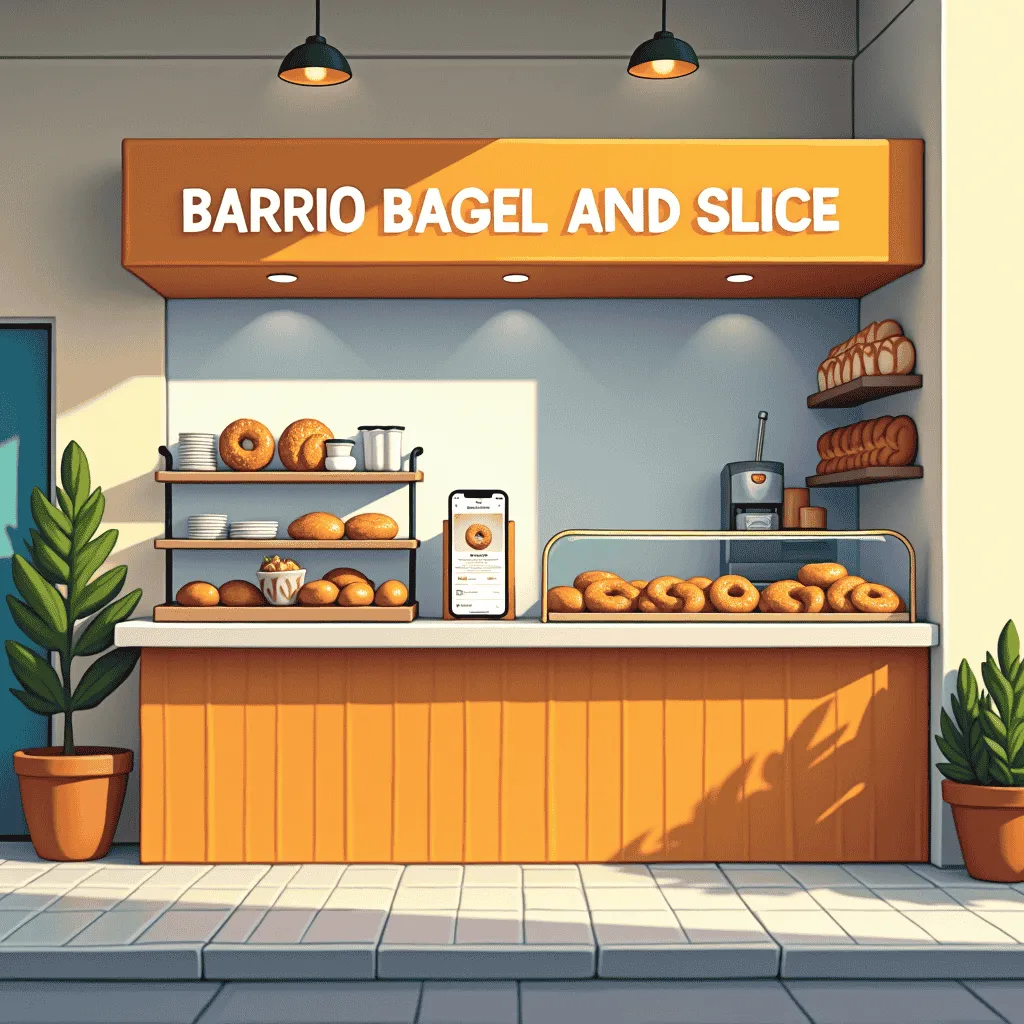

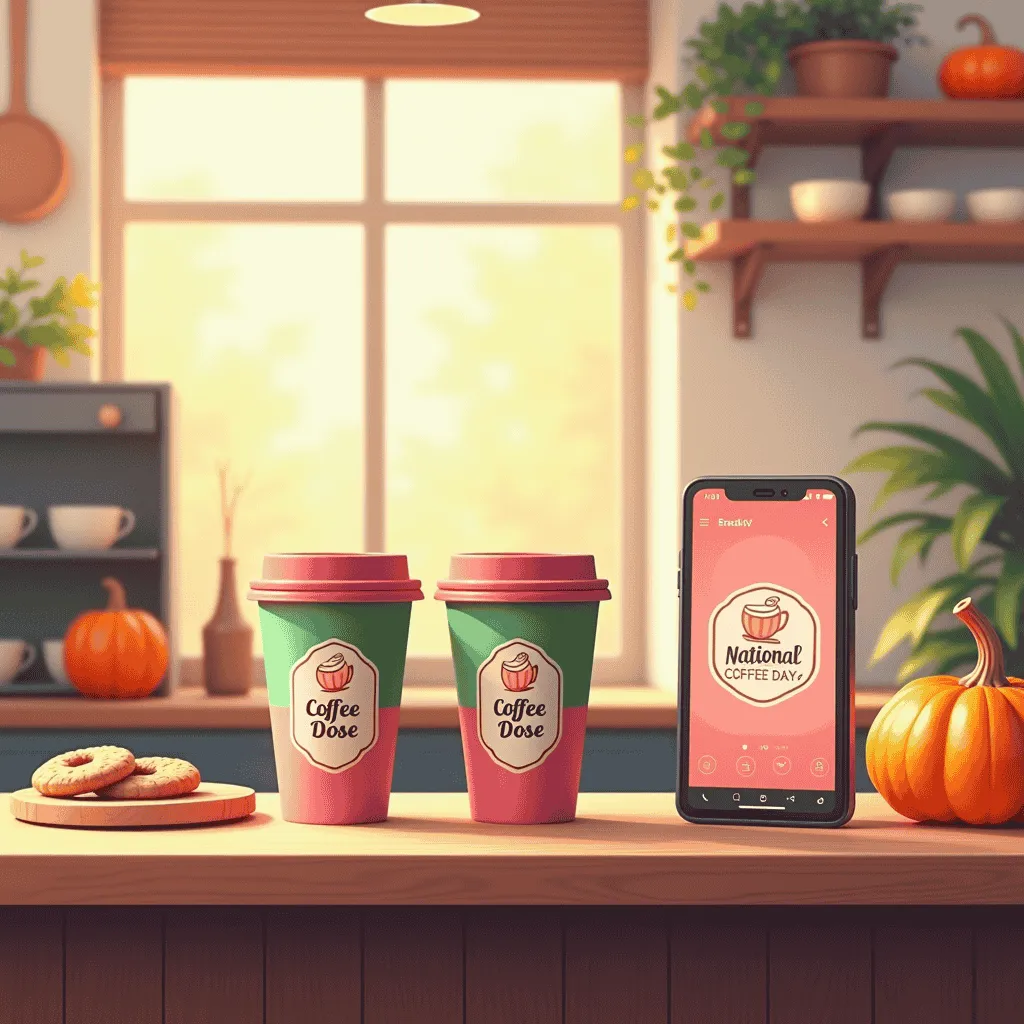

.avif)
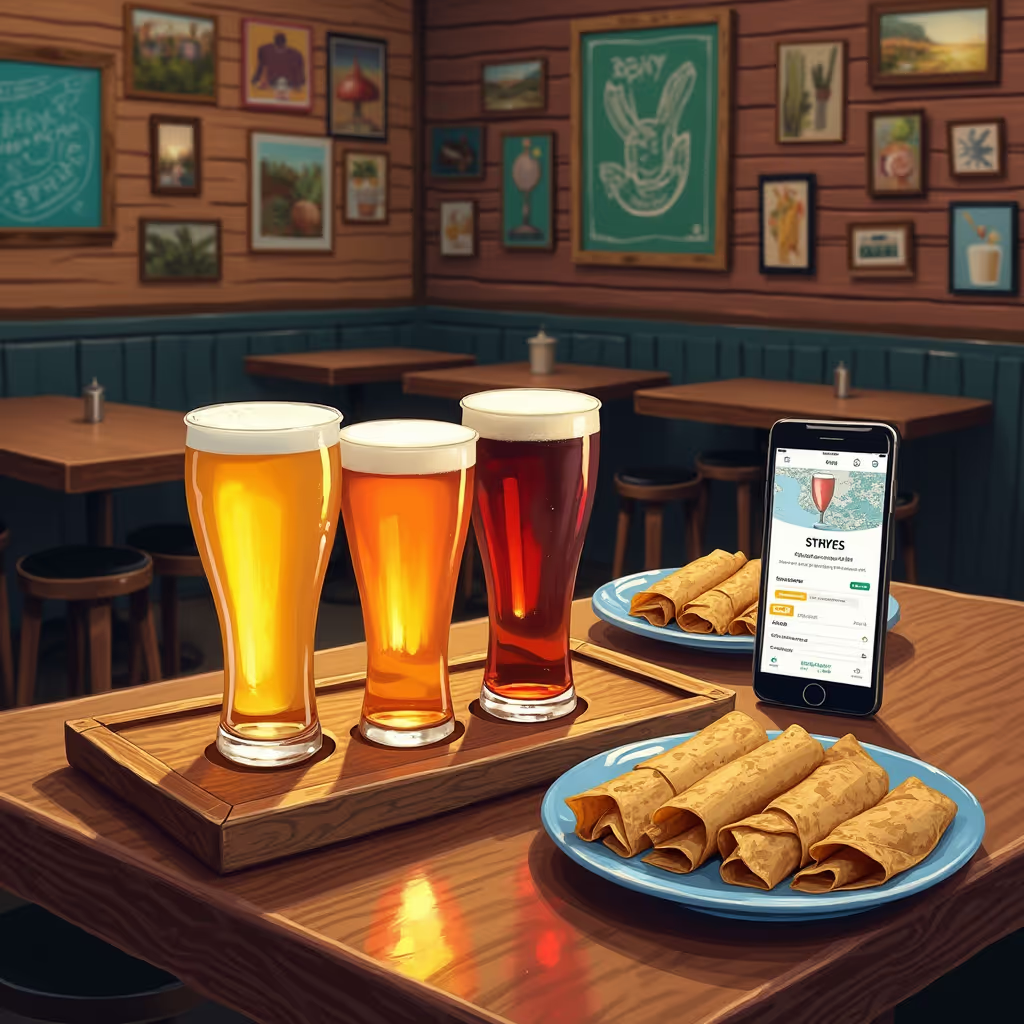
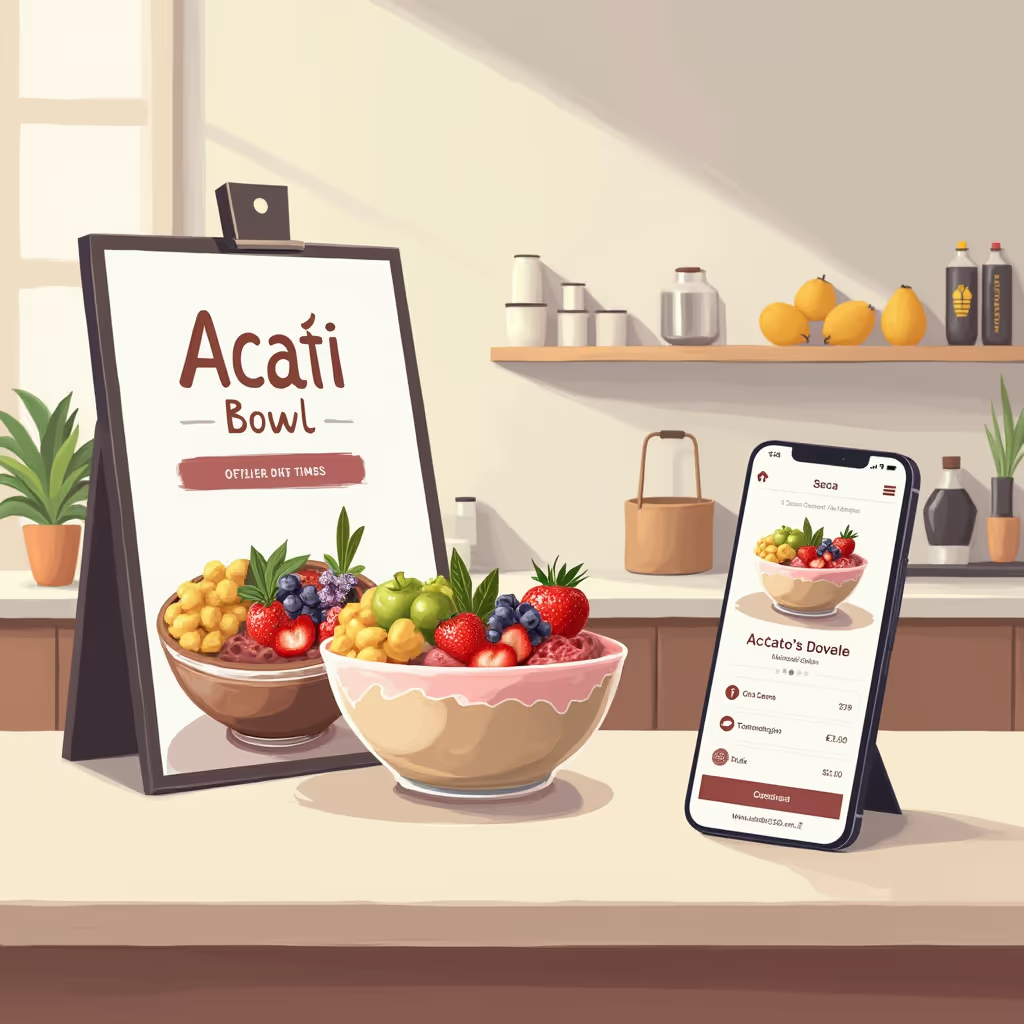
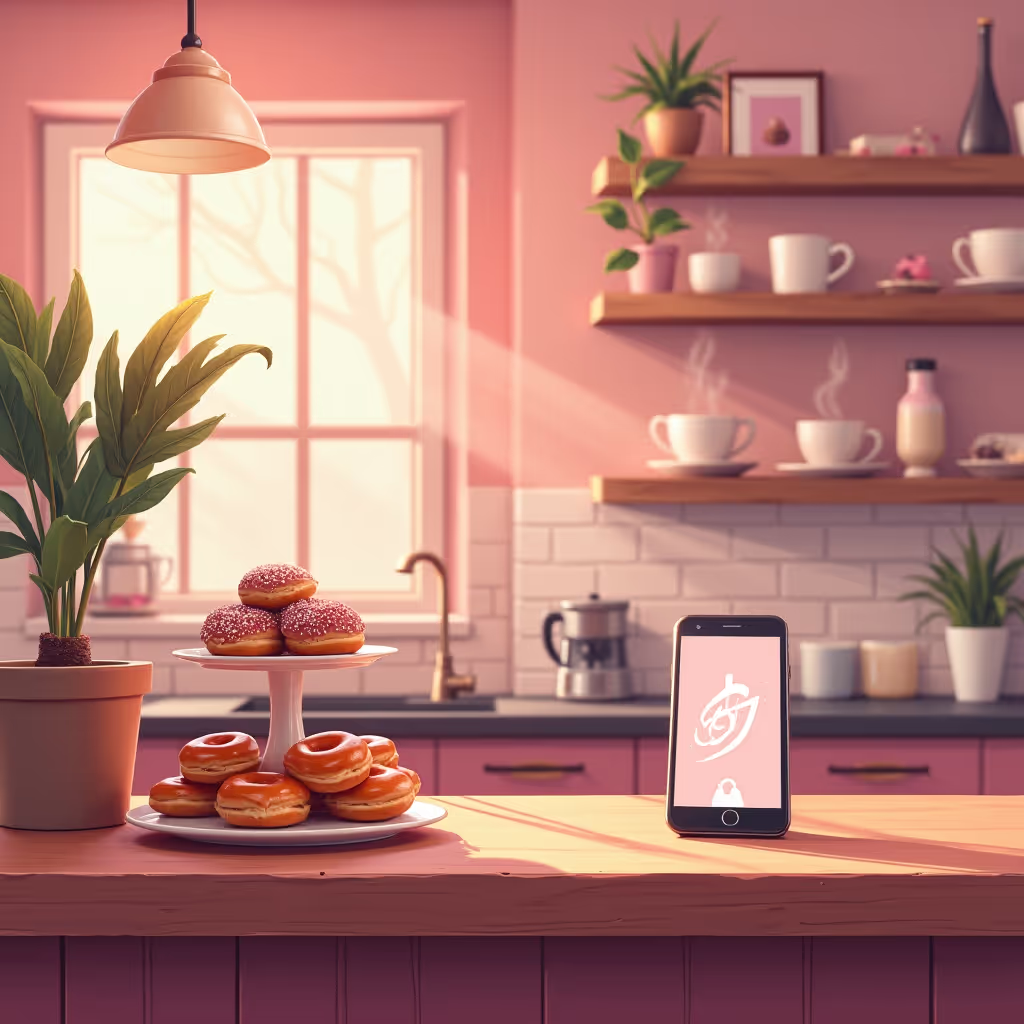
.avif)
.avif)
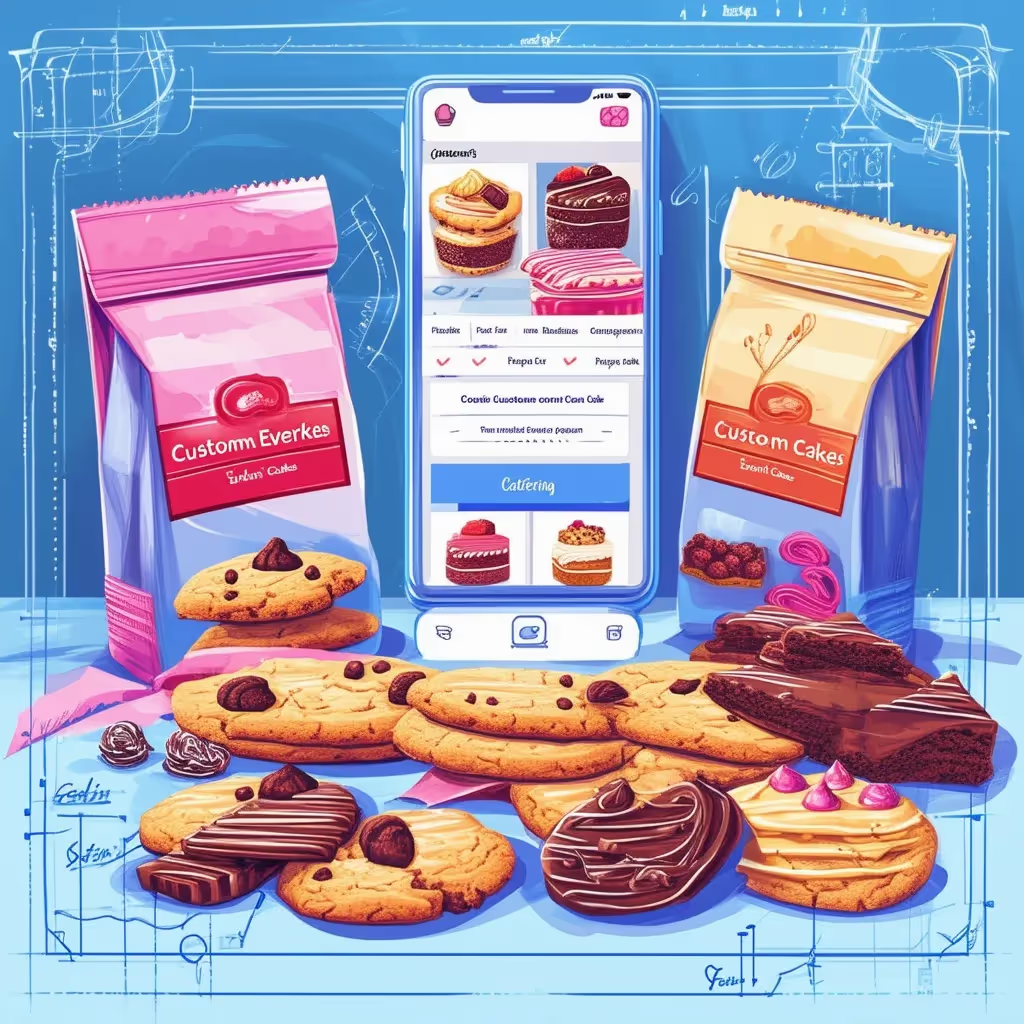
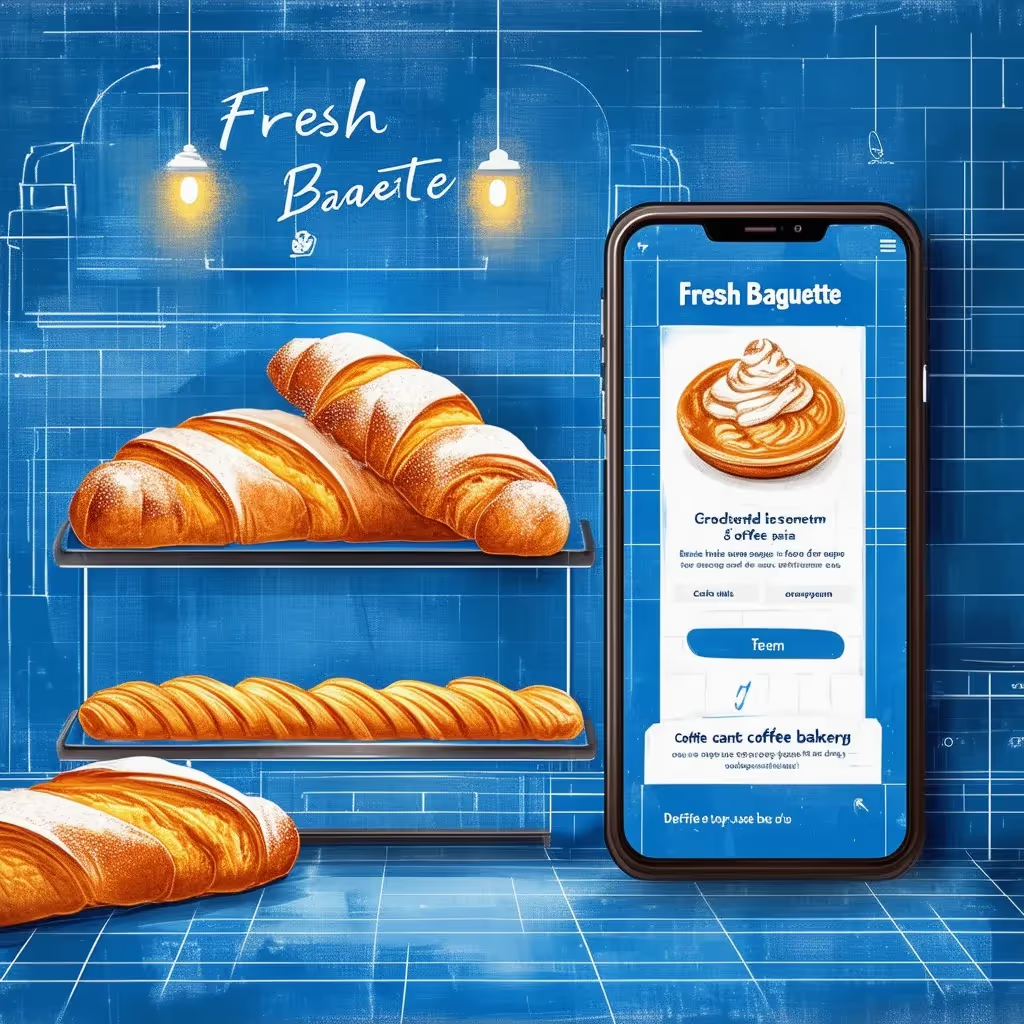
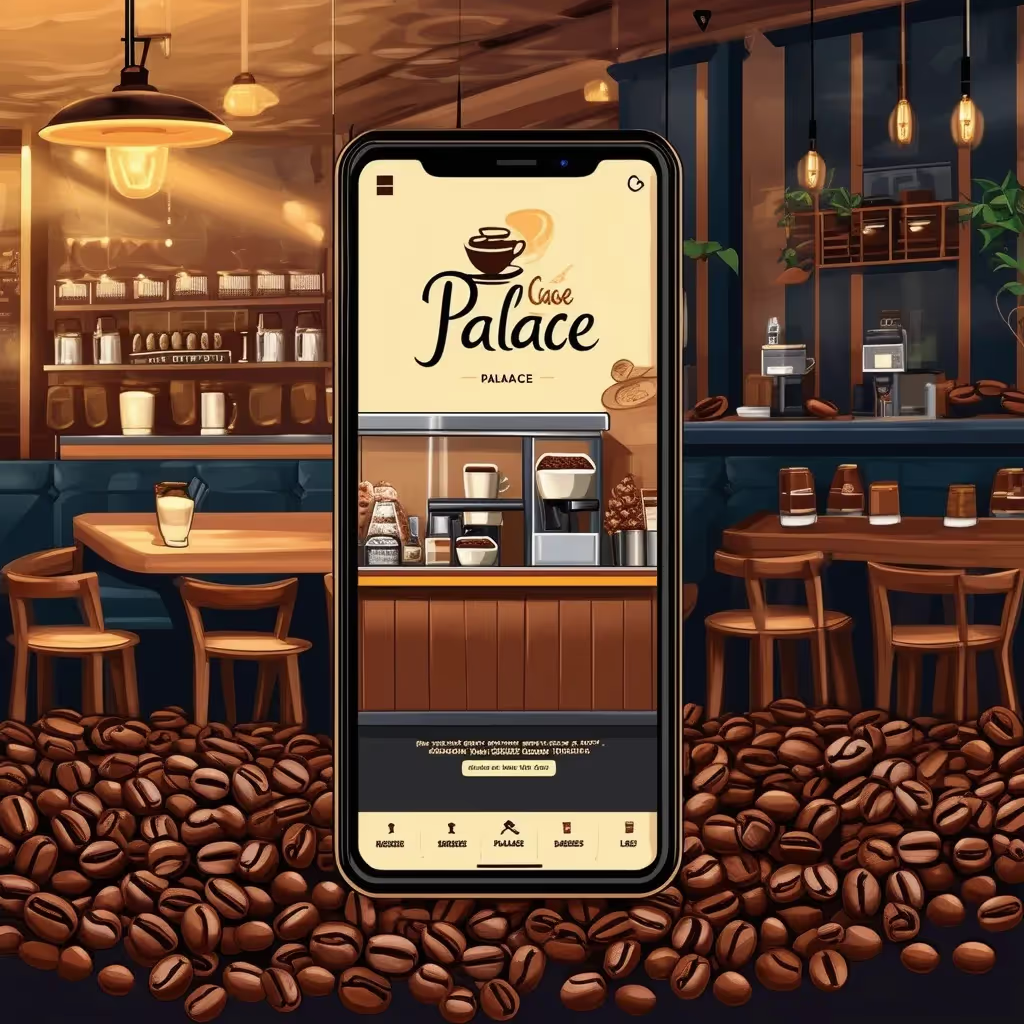

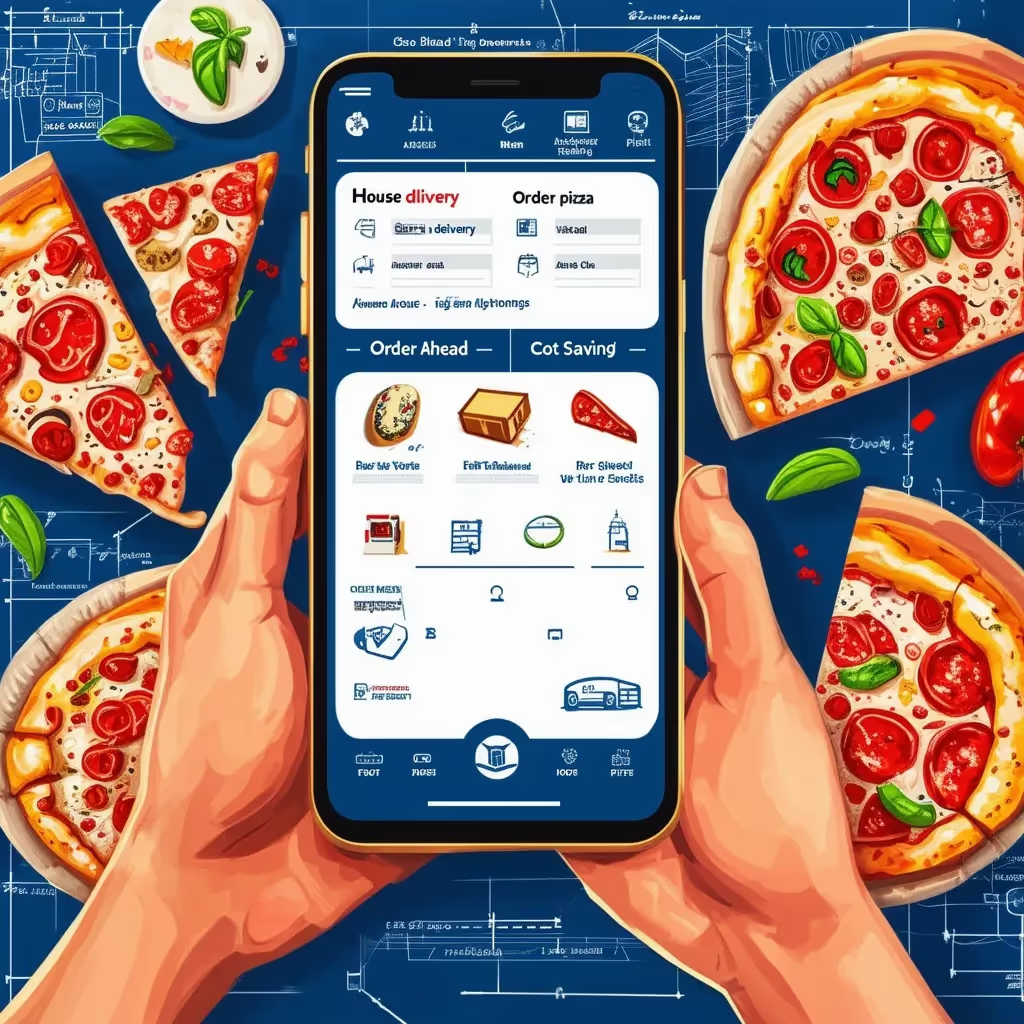

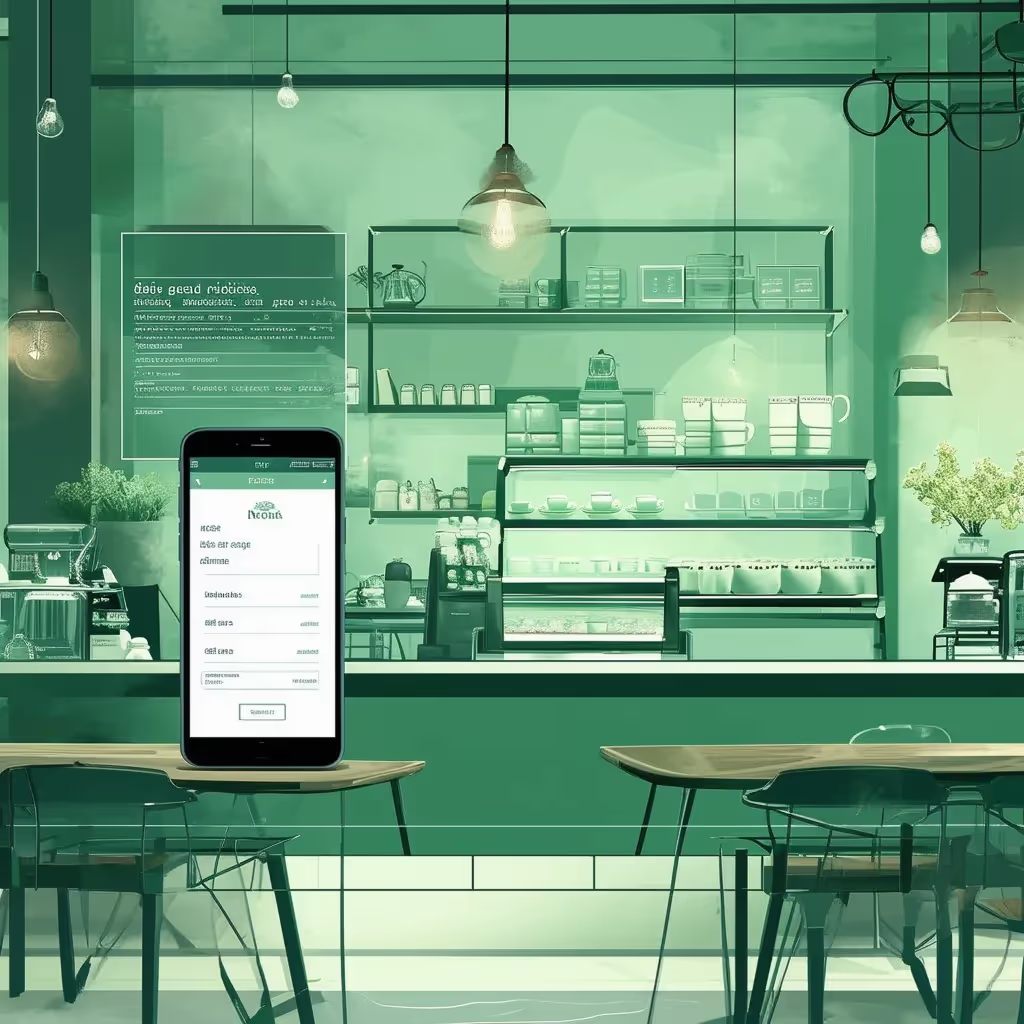

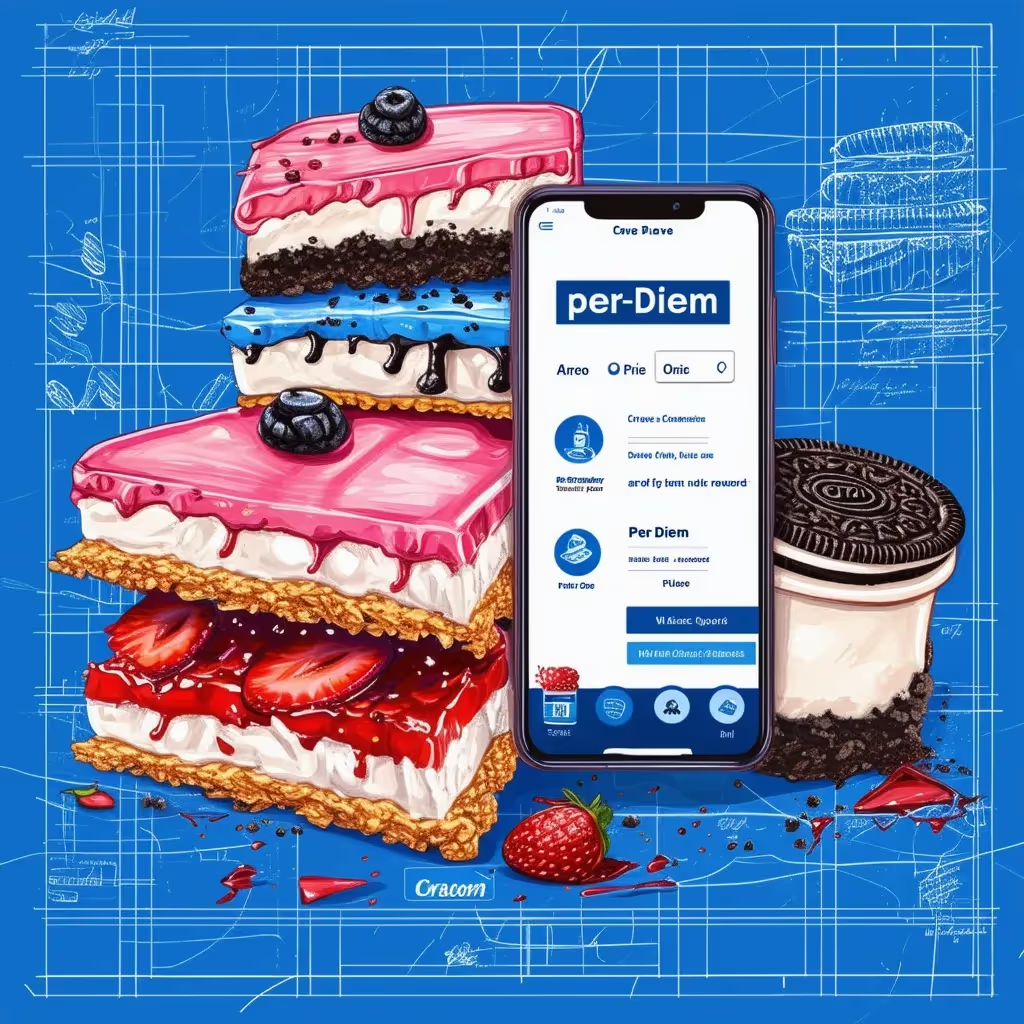
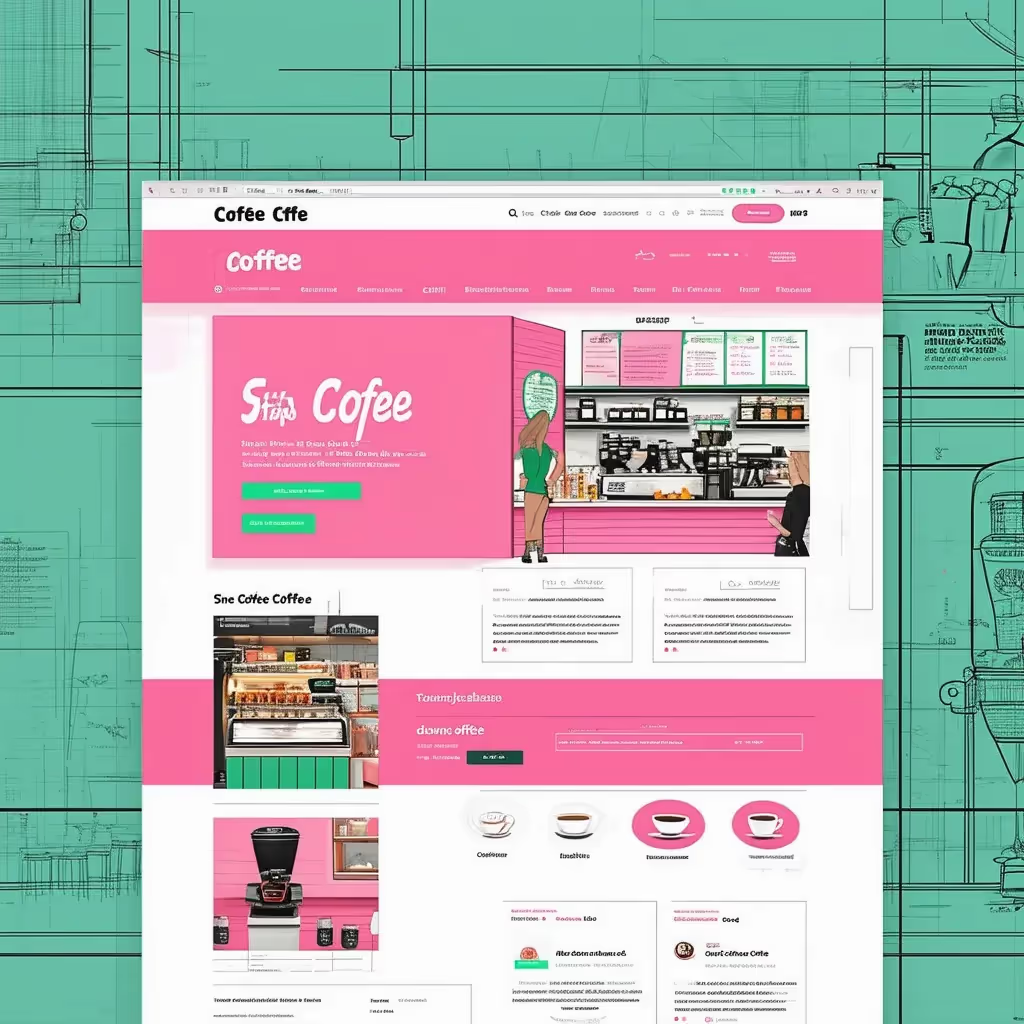
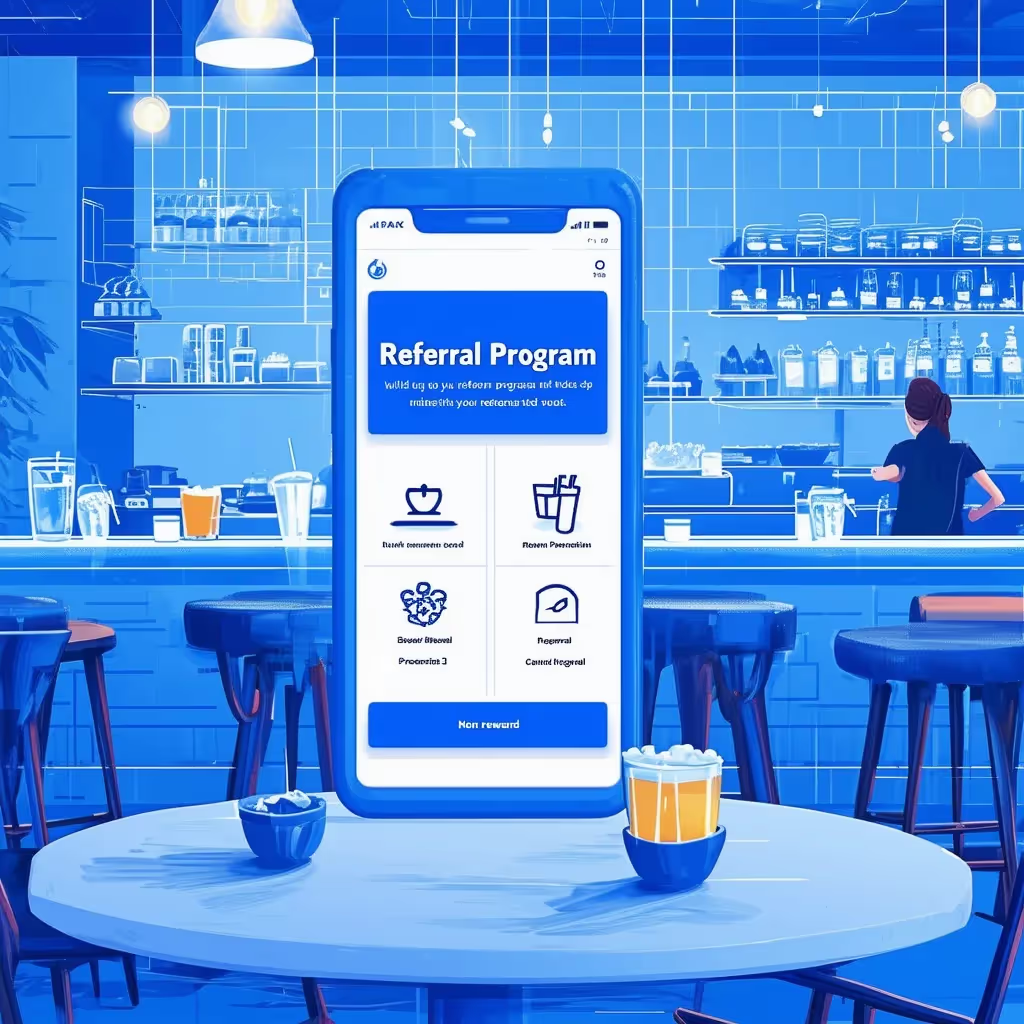


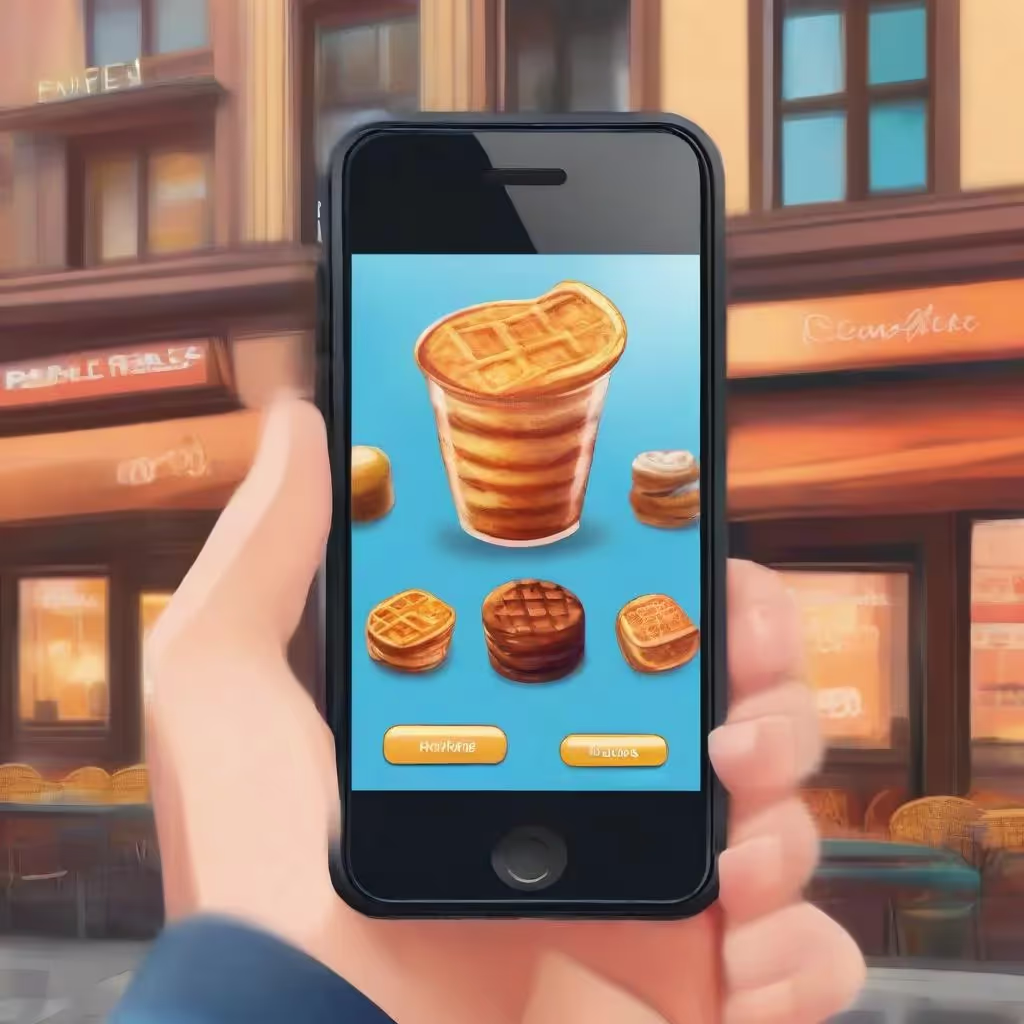
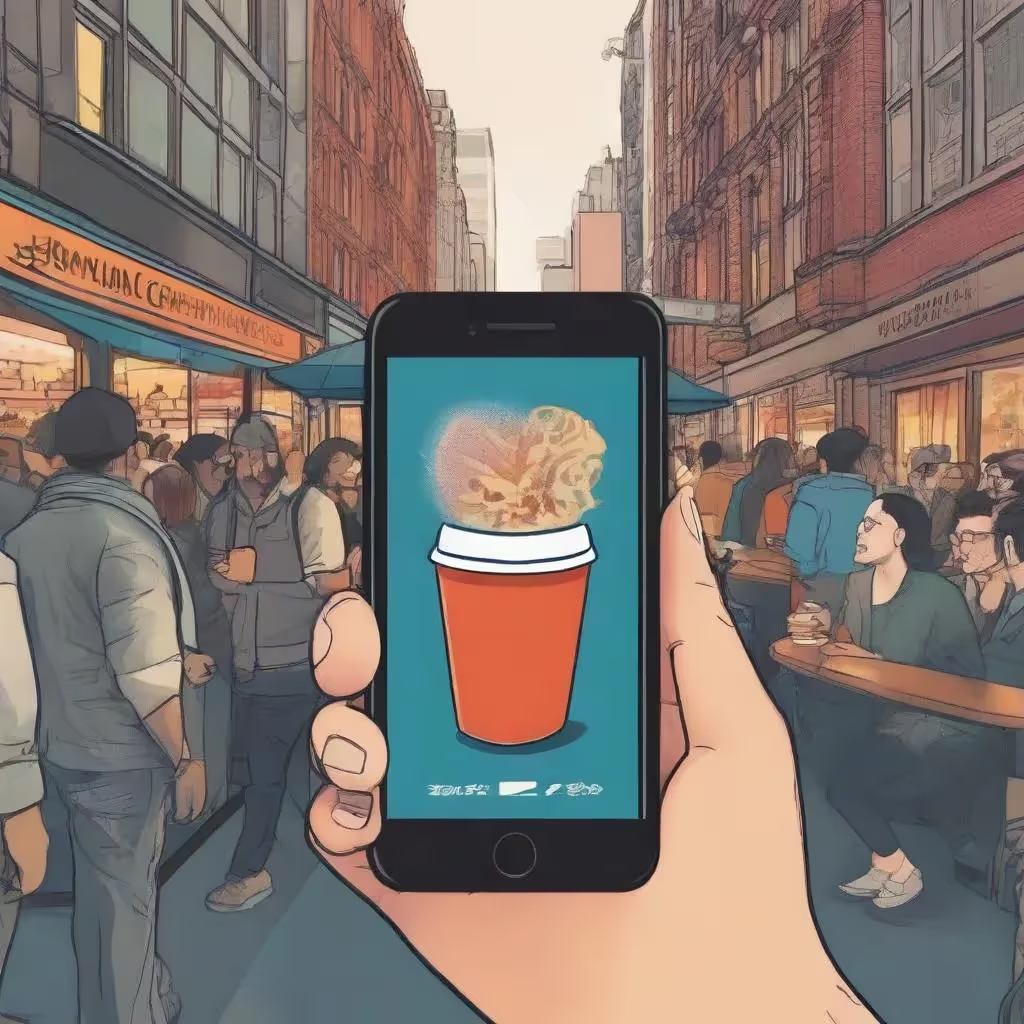

.avif)
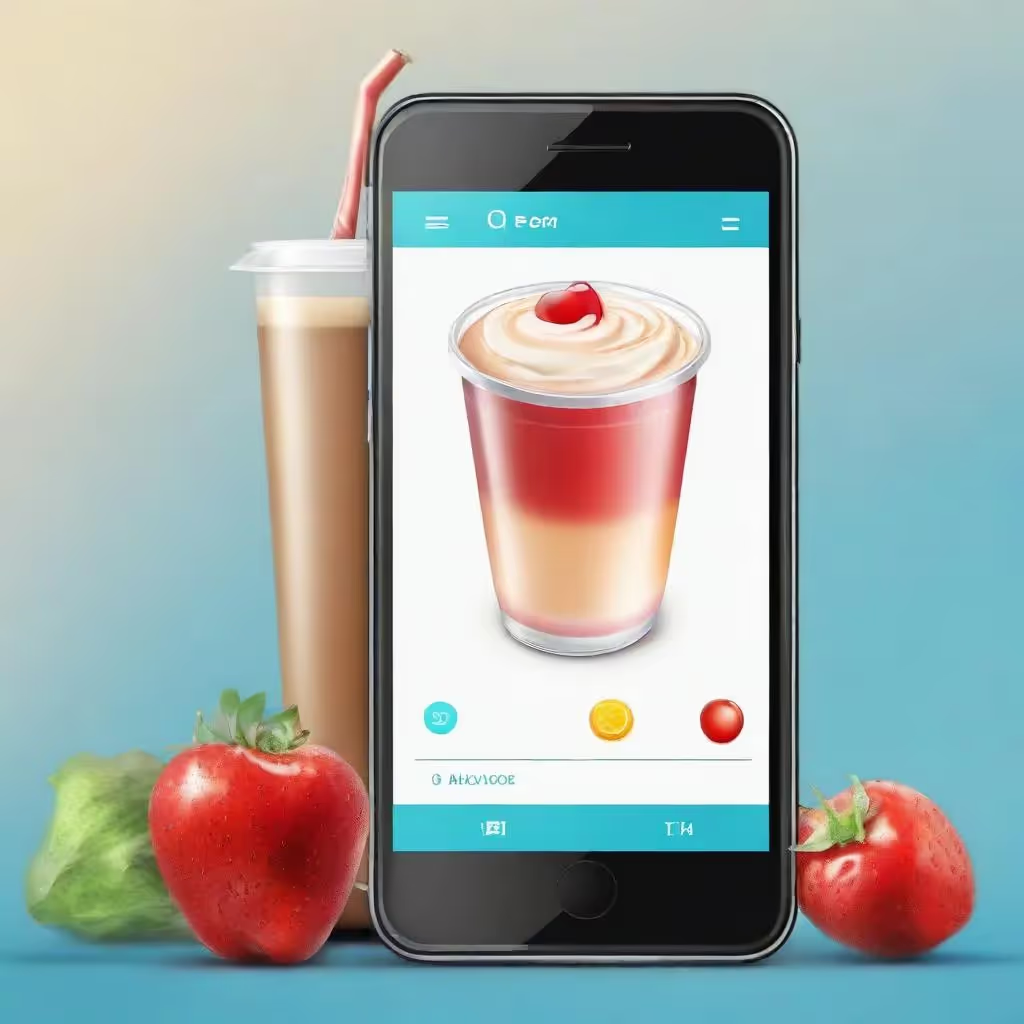



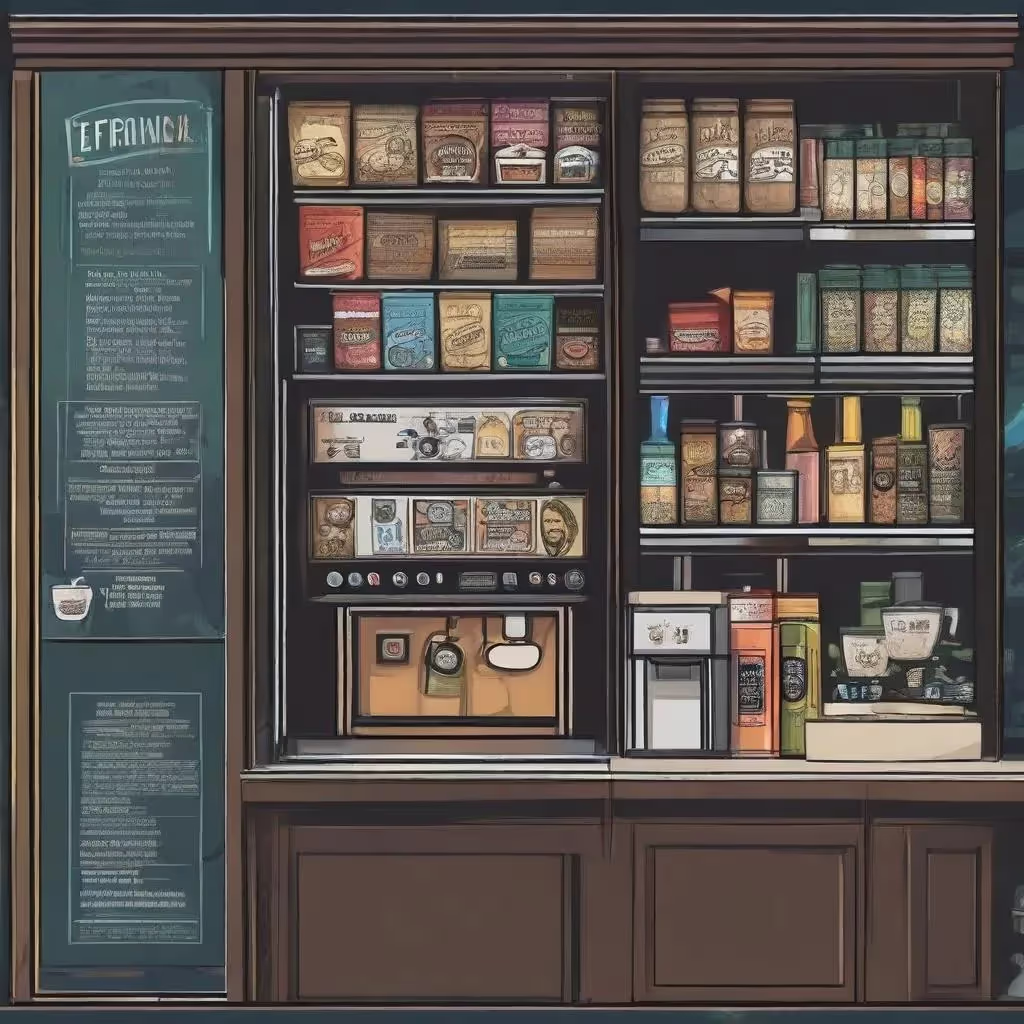
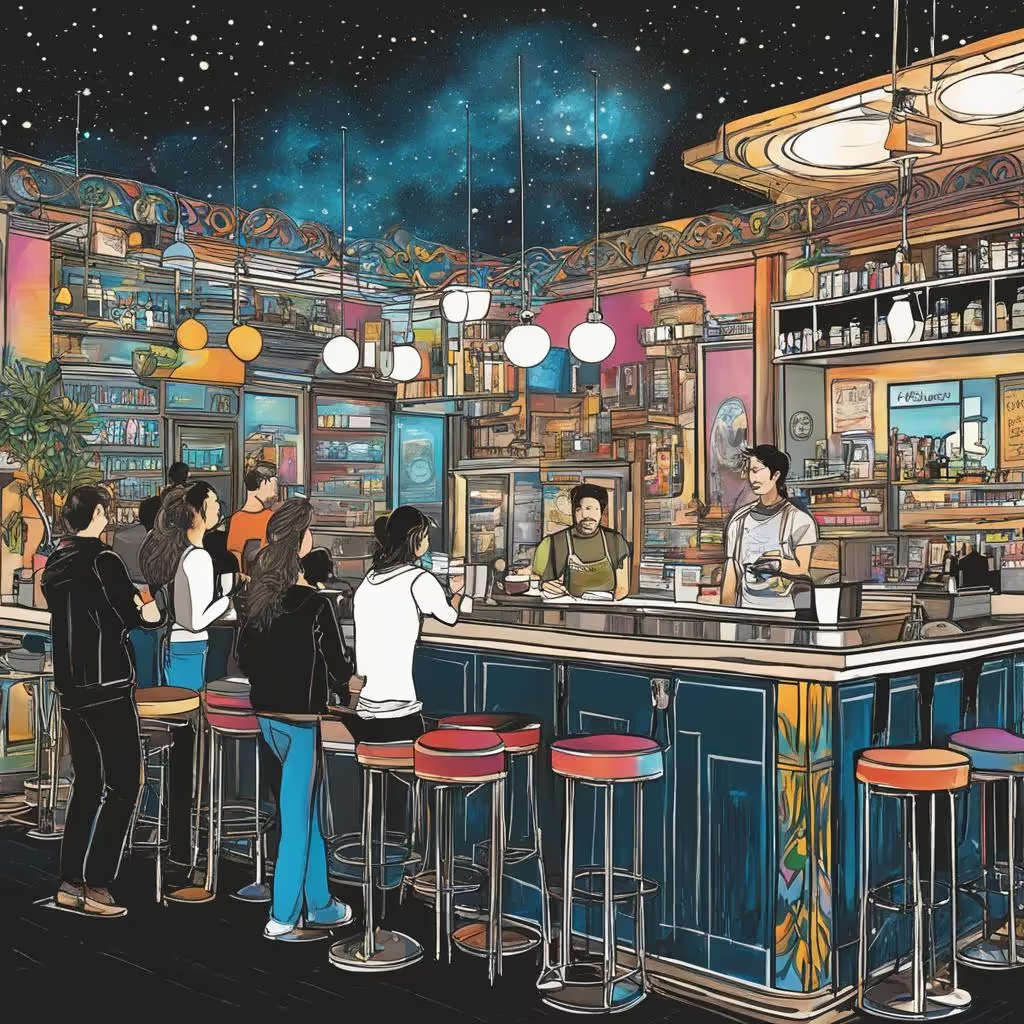

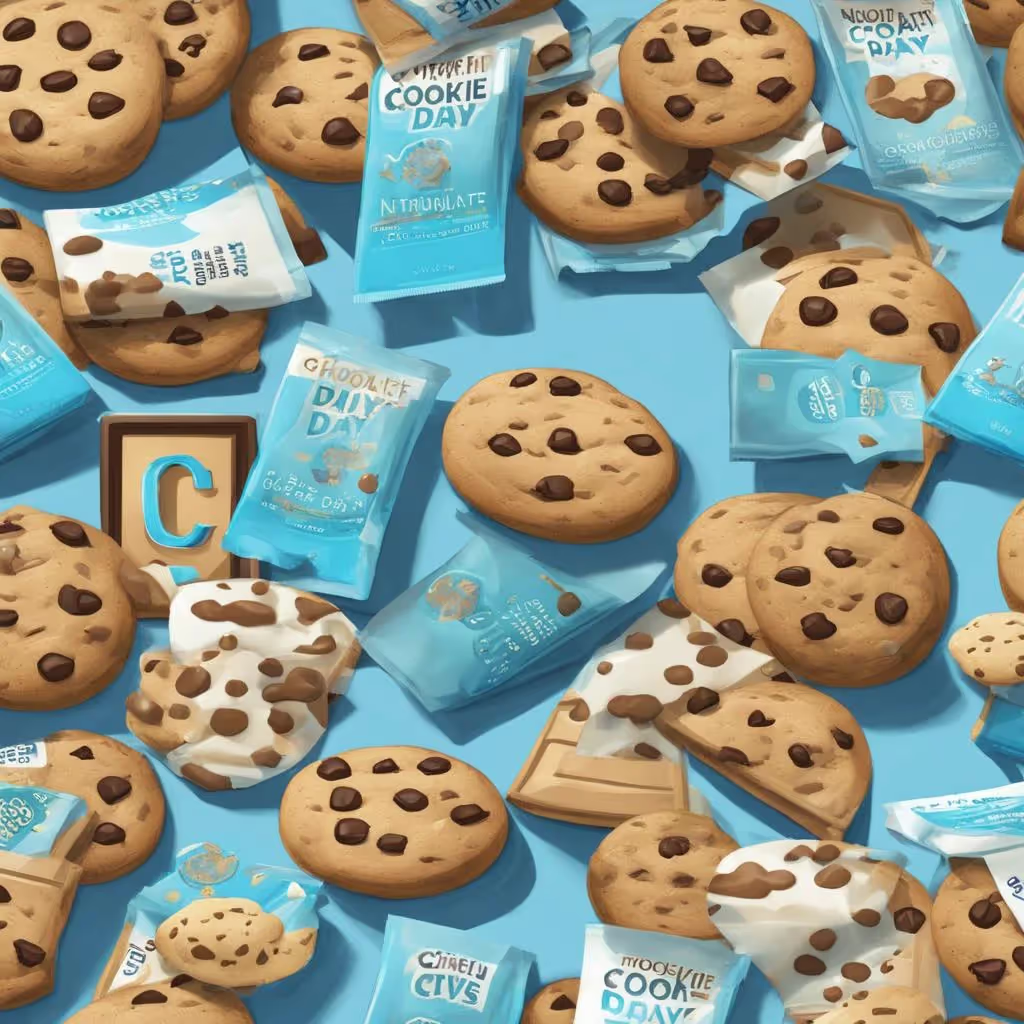
.avif)
